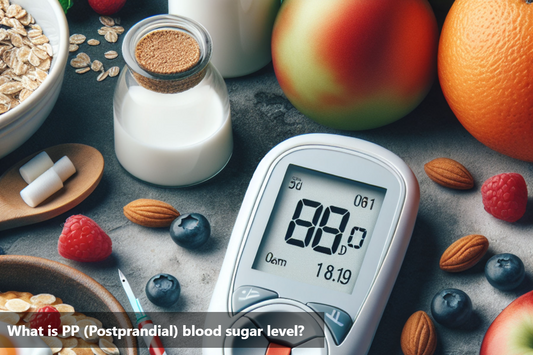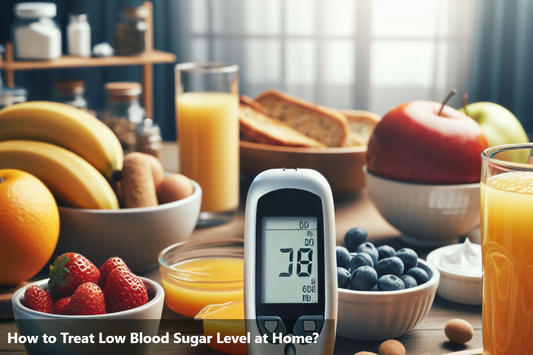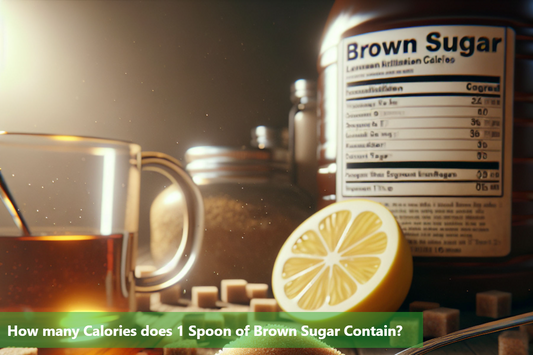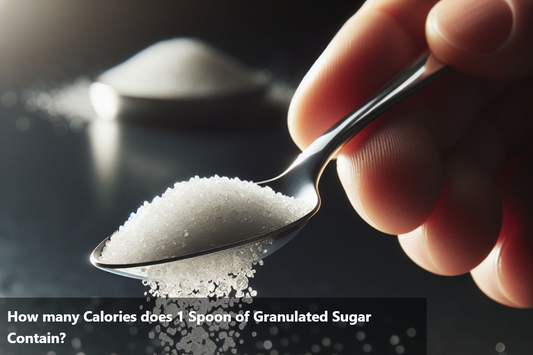Blood sugar level, also known as glucose level, refers to the amount of sugar present in your blood at any given time. This measurement is crucial as it serves as the primary source of energy for our bodies. When sugar levels dip below the normal range, it can lead to various adverse effects affecting our overall well-being.
Low blood sugar levels, also known as hypoglycemia, can result from skipping meals, excessive physical activity, or certain medications like insulin. When blood glucose levels plummet, individuals may experience symptoms such as dizziness, confusion, shakiness, and even loss of consciousness. It is essential to address low blood sugar promptly to prevent potentially severe consequences.
Symptoms of Low Blood Sugar
Symptoms of low blood sugar, also known as hypoglycemia, can vary from person to person and depend on how quickly blood sugar levels drop and how low they go. Here are common symptoms of low blood sugar:
Shakiness or Trembling: Feeling shaky or trembling, especially in the hands.
Sweating: Profuse sweating, even in cool environments.
Paleness: Skin may become pale or clammy.
Hunger: Intense feelings of hunger or cravings for sugary foods.
Rapid Heartbeat: Heart palpitations or a racing heartbeat.
Confusion or Difficulty Concentrating: Mental fog, confusion, difficulty focusing, or feeling mentally "fuzzy."
Irritability or Mood Changes: Sudden changes in mood, irritability, agitation, or mood swings.
Dizziness or Lightheadedness: Feeling dizzy or lightheaded, sometimes to the point of feeling faint.
Headache: Headaches or migraines, which can range from mild to severe.
Weakness or Fatigue: Feeling weak, tired, or fatigued, with a lack of energy or motivation.
Blurred Vision: Visual disturbances, such as blurry vision or difficulty focusing.
Nausea or Vomiting: Feelings of nausea or actual vomiting may occur, although this is less common.
Anxiety or Panic: Feelings of anxiety, nervousness, or panic attacks.
Numbness or Tingling: Numbness or tingling sensations, particularly around the lips or extremities.
Behavioral Changes: Unusual behavior, such as slurred speech, clumsiness, or difficulty walking.
It's important to recognize these symptoms of low blood sugar and take prompt action to raise blood sugar levels to prevent complications.
Effects on the Body
Low blood sugar, or hypoglycemia, can have significant effects on various organs and systems in the body. When sugar levels drop below the normal range, it can lead to a range of symptoms and impact overall well-being.
Brain: One of the primary organs affected by low blood sugar is the brain. Insufficient glucose supply to the brain can result in dizziness, confusion, difficulty concentrating, and even loss of consciousness. These symptoms occur because the brain relies heavily on glucose as its main source of energy.
Heart: Low sugar levels can also impact the heart. In cases of hypoglycemia, the heart may beat rapidly (palpitations), leading to an increased heart rate. This can be concerning, especially for individuals with underlying heart conditions.
Muscles: The body's muscles may also be affected when blood sugar is low. Muscle weakness, tremors, and fatigue are common symptoms experienced during an episode of low blood sugar. These effects can impair physical performance and coordination.
It is crucial to address low blood sugar promptly to prevent these adverse effects on the body. If left untreated, severe hypoglycemia can lead to seizures, coma, and in extreme cases, it can be life-threatening. Maintaining a balanced blood sugar level is crucial for overall health and well-being.
Treatment and Prevention
Treatment:
Consume Fast-Acting Carbohydrates: Eat or drink a source of fast-acting carbohydrates to raise blood sugar levels quickly. This may include glucose tablets, fruit juice, regular soda (not diet), honey, maple syrup, hard candy, or jelly beans.
Follow the 15-15 Rule: Consume 15 grams of fast-acting carbohydrates, wait for 15 minutes, and then recheck blood sugar levels. If blood sugar levels remain low, repeat the process until levels return to normal.
Have a Balanced Snack or Meal: After treating hypoglycemia with fast-acting carbohydrates, follow up with a balanced snack or meal containing protein and complex carbohydrates to help stabilize blood sugar levels.
Glucagon Injection: If an individual with diabetes is unconscious or unable to swallow, administer a glucagon injection if available. Glucagon is a hormone that raises blood sugar levels quickly and can be given by injection in emergency situations.
Recheck Blood Sugar Levels: Monitor blood sugar levels closely after treating hypoglycemia to ensure they return to a safe range. If blood sugar levels remain low or if symptoms persist, seek medical attention promptly.
Prevention:
Monitor Blood Sugar Levels Regularly: Check blood sugar levels frequently, especially before meals, before and after exercise, and at bedtime. Keep a record of blood sugar levels to identify patterns and trends over time.
Balance Diet and Carbohydrate Intake: Follow a balanced diet that includes carbohydrates, proteins, and healthy fats. Spread carbohydrate intake evenly throughout the day to prevent spikes and drops in blood sugar levels.
Medication Management: Take diabetes medications (insulin or oral medications) as prescribed by a healthcare provider. Adjust insulin doses or medication regimen as needed based on blood sugar levels, activity level, and dietary intake.
Regular Physical Activity: Incorporate regular physical activity into your routine, such as walking, cycling, or swimming. Check blood sugar levels before and after exercise, and adjust carbohydrate intake or insulin doses as needed to prevent hypoglycemia.
Be Prepared: Carry a fast-acting source of glucose, such as glucose tablets or fruit juice, with you at all times in case of low blood sugar. Educate family members, friends, coworkers, and caregivers about how to recognize and treat hypoglycemia in case of emergency.
Avoid Alcohol Consumption: Limit alcohol consumption, as it can increase the risk of hypoglycemia, especially if consumed on an empty stomach or in excess.
Regular Healthcare Visits: Schedule regular follow-up visits with a healthcare provider to monitor blood sugar control and adjust treatment as needed. Discuss any concerns or challenges related to blood sugar management with your healthcare team and work together to develop a personalized plan.
Bottom Line
Low blood sugar levels have significant implications on well-being. Symptoms of hypoglycemia can affect the brain, heart, and muscles. Maintaining a healthy blood sugar level is essential for optimal bodily functions. Consuming sugar-rich foods can quickly alleviate low blood sugar. Preventing hypoglycemia involves a balanced diet, regular meals, and monitoring blood sugar levels. Awareness and proactive management are key to safeguarding health. Overall health and vitality depend on maintaining a healthy blood sugar level.
This Blog post is an initiative by DiabeSmart, to provide accurate and Nutritionist / Doctor approved information related to Diabetes. DiabeSmart is India's first Food brand designed specifically for Diabetics, that has been clinically tested on Diabetics and Pre-Diabetics to deliver 55% - 70% lower Sugar spikes. DiabeSmart is part of Lo! Foods - India's leading brand for Everyday Functional Health foods.











